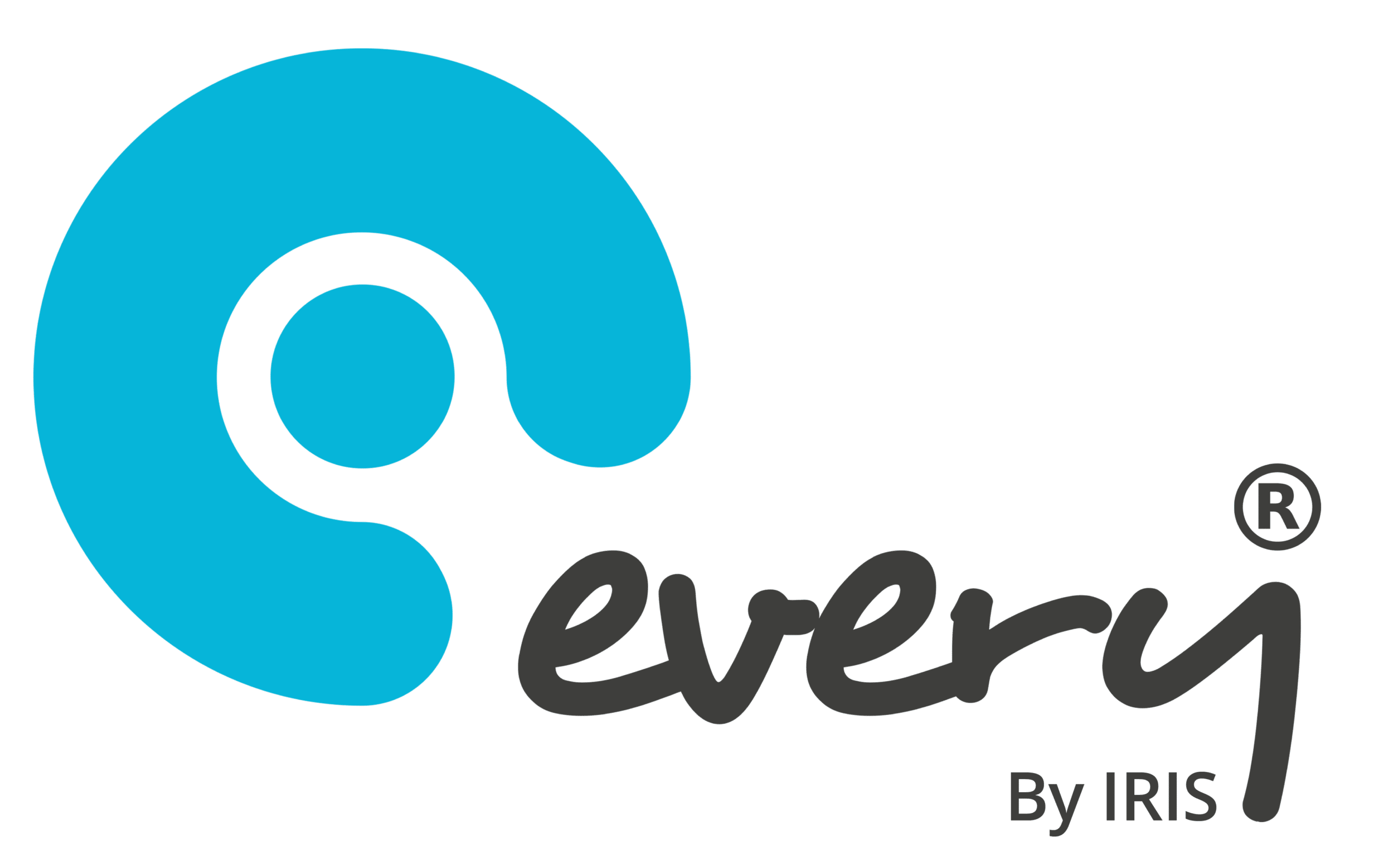Near daily, schools and trusts produce a sizeable amount of information to ensure continued compliance with statutory regulations and legislation. So much so that traditional methods of policy creation, distribution, and storage have fast become outdated!
And, with an increasing number of departments gaining more responsibility to make and amend policies, overall management of documentation can sometimes feel disorganised.
So, how can organisations work to streamline policy management, from initial drafts and approval through to future tweaks and changes? Read on to find out!
Why is good policy management important?
Let’s start by thinking about policies as living documents. They are sets of guidelines on that adapt to reflect change, be it a trust-wide workflow or a unique process. You won’t need us to remind you about the numerous tweaks to policies that Covid-19 brought about, or the amount of new guidance that needed introducing to reflect the nuances of the pandemic! Though we hope that this is more of a once-in-a-lifetime example, what we did learn is the significance of being able to create new policies at speed. And ensuring staff can acknowledge and understand them in a timely manner!
Policies help to empower employees to carry out their jobs effectively by providing them with relevant information and frameworks for key aspects of their roles, as well as the expectations of the wider organisation. Not only this, but they also contribute to first lines of defence. For example, when an incident occurs and a school’s reputation is called into question, be it from a slip, trip, or fall or a safeguarding issue. It only takes one event to harm your organisation’s name.
But, when all staff understand the policies relating to their areas of responsibility, issues become easier to prevent. Processes are set, and any follow-up actions are clear.
How to reduce policy version confusion
However, a policy is only as tactile as its latest version. Despite web-based document management platforms like MS SharePoint offering a collaborative space for users to upload and amend policies, they can also cause confusion. For instance, even in the simplest case of naming documents! We’ve all waded through numerous files to try and pinpoint the most current version of a policy, only to be greeted with file names like:
- Covid_risk_assessment.docx
- Covid_risk_assessment.NEW.docx
- Covid_risk_assessment_updated_April.docx
Not to mention the difference between following an old and new version of the same policy! Using our dedicated Policies and Documents module, users can draft, review, and approve new policies, as well as amend any existing documents. The platform itself acts as a single source of truth, recording any changes to documents within a secure audit trail.
Omitting any sort of guesswork to do with documents, from incorrect to filing to ambiguous naming, helps managers ensure their staff only access and understand the most up-to-date versions of crucial information.
Best practice for policy management
Best practice for writing policies starts with using the same template, wording, and organisation. So, when employees see a policy, they are more likely to immediately recognise the type of document and its importance, then benefit from the use of standardised terminology whilst reviewing it. This also goes for initiating a common standard for naming documents, allowing for more consistent filing, speedier access, and accurate referencing.
And it goes without saying that we’re used to being able to do a quick Google search for a piece of sought information. So, why should finding documents and policies be any different?
Our secure, HR and compliance management systems allow staff members to access relevant information from anywhere, at any time, helping to promote accountability of key practices and compliance with legislation.
How to distribute school policies
When new policies are introduced or existing policies updated, our Documents and Policies module notifies the desired group of staff via email, encouraging them to log onto their Every® platform to view the document. Once it’s been read and understood, ‘read’ receipts can be sent to managers who, in turn, can view the real-time status of which staff have and haven’t read (and digitally signed, where necessary) the document.
For employees that are yet to have opened or read the policy, managers can then send reminders, helping to ensure relevant information is regarded by all necessary staff members.
What’s more, any person acting as a bottleneck becomes easily identifiable, allowing for steps to be put into place to help promote compliance with policy procedures. In turn, policy receipt turnaround time is improved.
One policy doesn’t fit all
Despite similar content, policies may differ among different school sites, especially within large multi-academy trusts. So, having the ability to tweak policies to the specifics of different schools is vital. So too is being able to send the policy to only relevant staff members. If you constantly send all staff all policies, no matter the relevance to their individual role, staff could become disinterested in the task.
With our Documents and Policies module, users distribute documents to only the applicable employees, be it a single department within a school or to all staff, trust-wide. Unlimited user groups can be set up and constantly added to or taken from, enabling the speedy distribution of crucial information to the right people at the right time.
In brief, that’s our policy for effective policy management.
How about yours?
Learn more about our Documents and Policies module by getting in touch!



